This is named after the 18th-century poet and landscape gardener buried in St John’s Church churchyard, opposite. William Shenstone was also involved in local affairs – the Halesowen Free School (where he was educated) benefited from his efforts; so did St John’s church, for which he worked hard to raise money for additional church bells.
An illustration of William Shenstone.
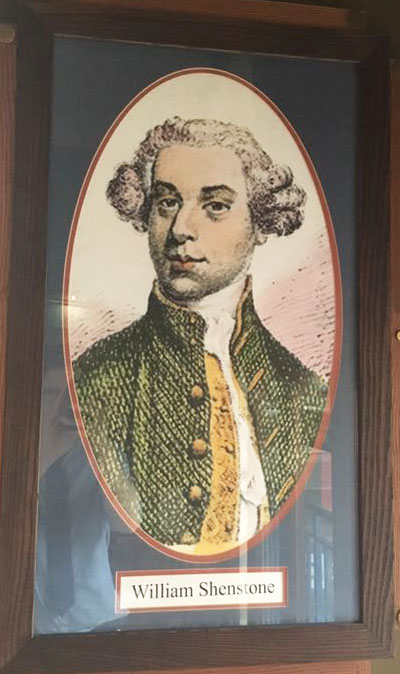
Illustrations and text about William Shenstone.
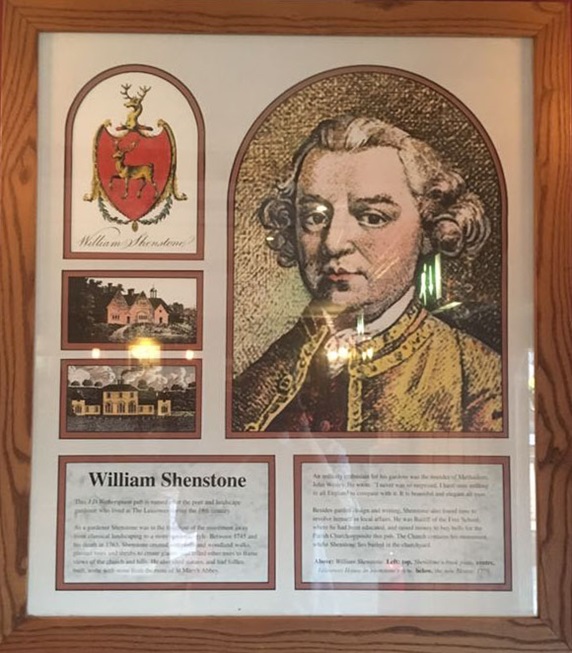
The text reads: This J D Wetherspoon pub is named after the poet and landscape gardener who lived at The Leasowes during the 18th century.
As a gardener Shenstone was in the forefront of the movement away from classical landscaping to a more romantic style. Between 1745 and his death in 1763, Shenstone created waterfalls and woodland walks, planted trees and shrubs to create glades, and felled other trees to frame views of the church and hills. He also sited statues, and had follies built, some with stone from the ruins of St Mary’s Abbey.
An unlikely enthusiast for his gardens was the founder and Methodism, John Wesley. He wrote: “I never was so surprised. I have seen nothing in all England to compare with it. It is beautiful and elegant all over”.
Besides garden designing and writing, Shenstone also found time to involve himself in local affairs. He was Bailiff of the Free School, where he had been educated, and raised money to buy bells for the parish church opposite this pub. The church contains his monument, whilst Shenstone lies buried in the churchyard.
Above: William Shenstone
Left: top, Shenstone’s book plate, centre, Leasowes House in Shenstone’s time, below, the new house, 1778.
An illustration, print and text about Hagley Hall.
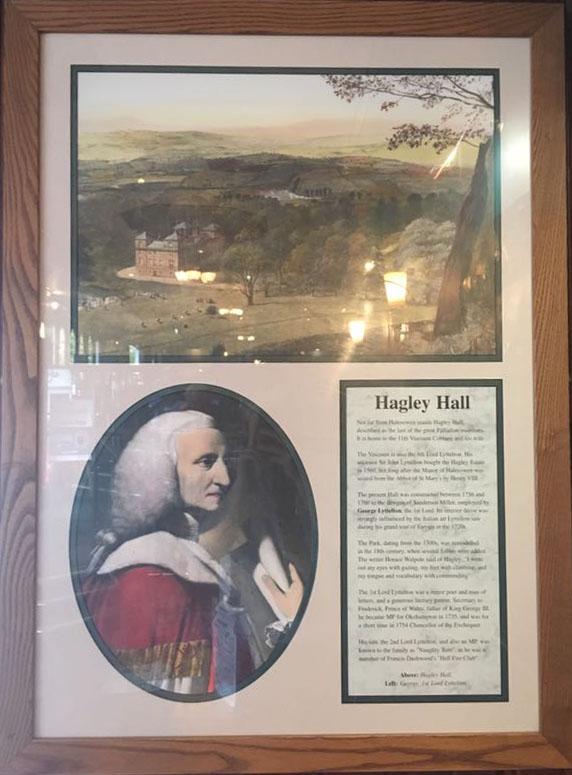
The text reads: Not far from Halesowen stands Hagley Hall, described as the last of the great Palladian mansions. It is home to the 11th Viscount Cobham and his wife.
The Viscount is also the 8th Lord Lyttelton. His ancestor Sir John Lyttelton bought the Hagely Estate in 1560, not long after the Manor of Halesowen was seized from the Abbott of St Mary’s by Henry VIII.
The present hall was constructed between 1756 and 1760 to the designs of Sanderson Miller, employed by George Lyttelton, the 1st Lord. Its interior décor was strongly influenced by the Italian art Lyttelton saw during his grand tour of Europe in the 1720s.
The park, dating from the 1300s, was remodelled in the 18th century, when several follies were added. The writer Horace Walpole said of Hagley: “I wore out my eyes with gazing, my feet with climbing, and my tongue and vocabulary with commending”.
The 1st Lord Lyttelton was a minor poet and a man of letters, and a generous literary patron. Secretary to Frederick, Prince of Wales, father of King George III, he became MP for Okehampton in 1735, and was for a short time in 1754 Chancellor of the Exchequer.
His son, the 2nd Lord Lyttelton, and also an MP, was known to the family as ‘Naughty Tom’, as he was a member of Francis Dashwood’s Hell Fire Club.
Above: Hagley Hall
Left: George, 1st Lord Lyttelton.
Illustrations of William Shenstone’s landscaped gardens.
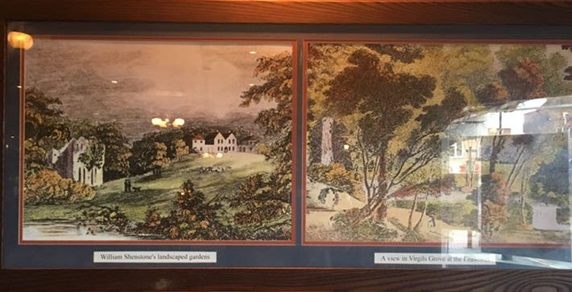
A print of Halesowen Abbey.
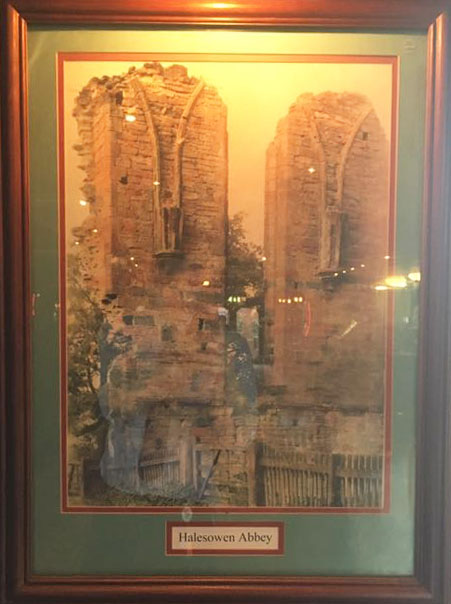
A photograph of Townsend, Halesowen, c1908.
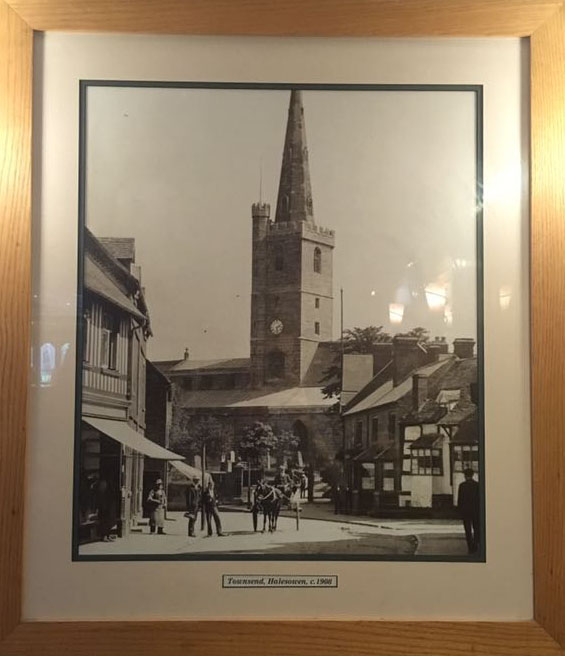
Photographs of the local post office.
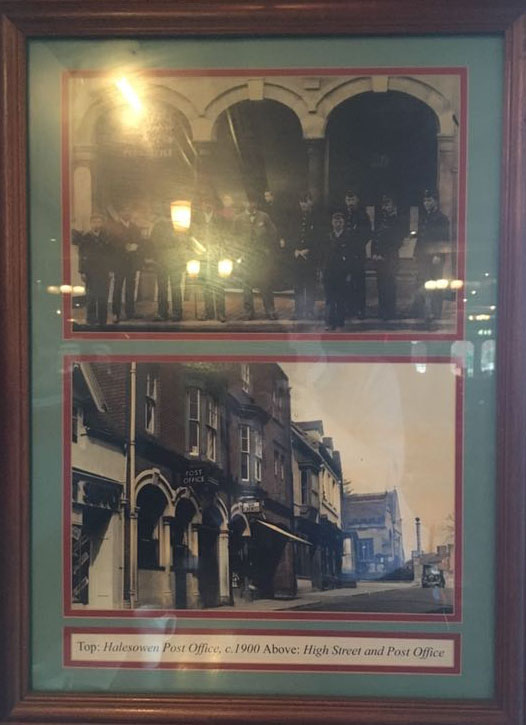
Top: Halesowen Post Office, c1900
Above: High Street and the post office.
A photograph of the railway station, Halesowen, c1910.
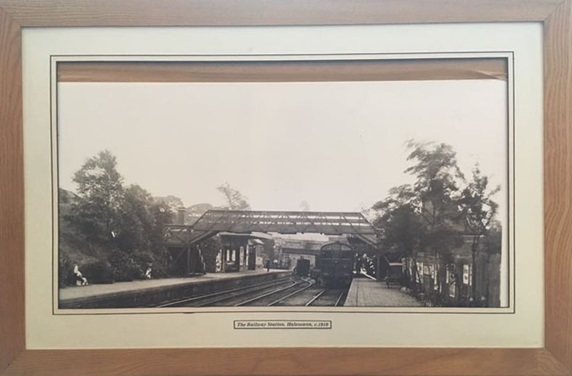
A photograph of Halesowen, c1908.
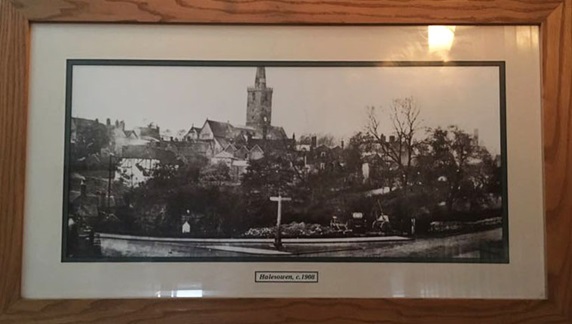
If you have information on the history of this pub, then we’d like you to share it with us. Please e-mail all information to: pubhistories@jdwetherspoon.co.uk